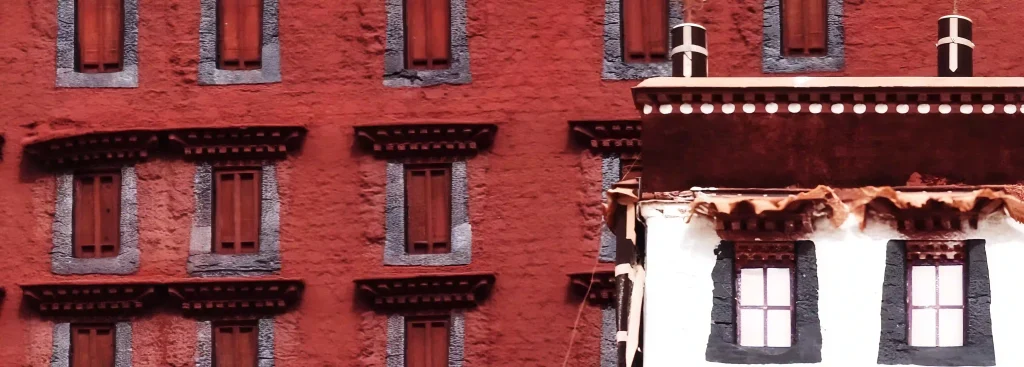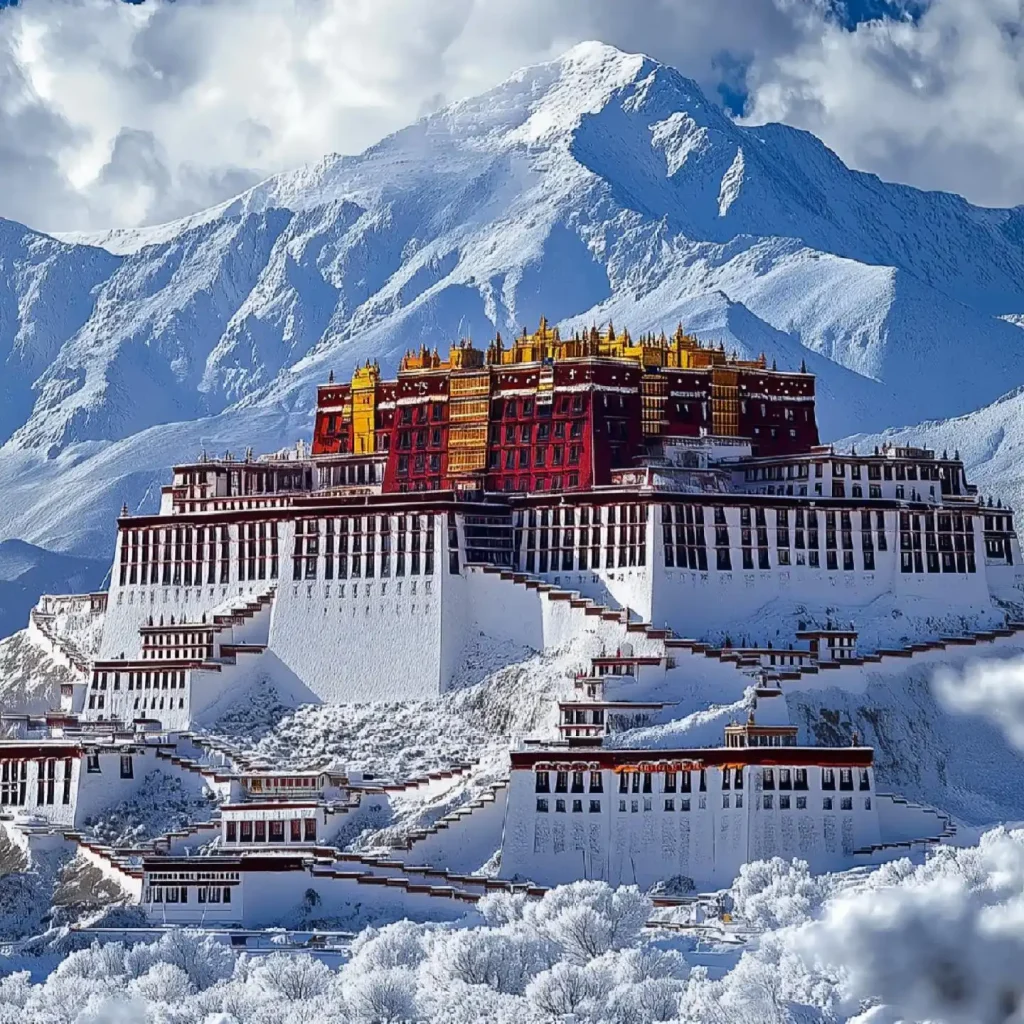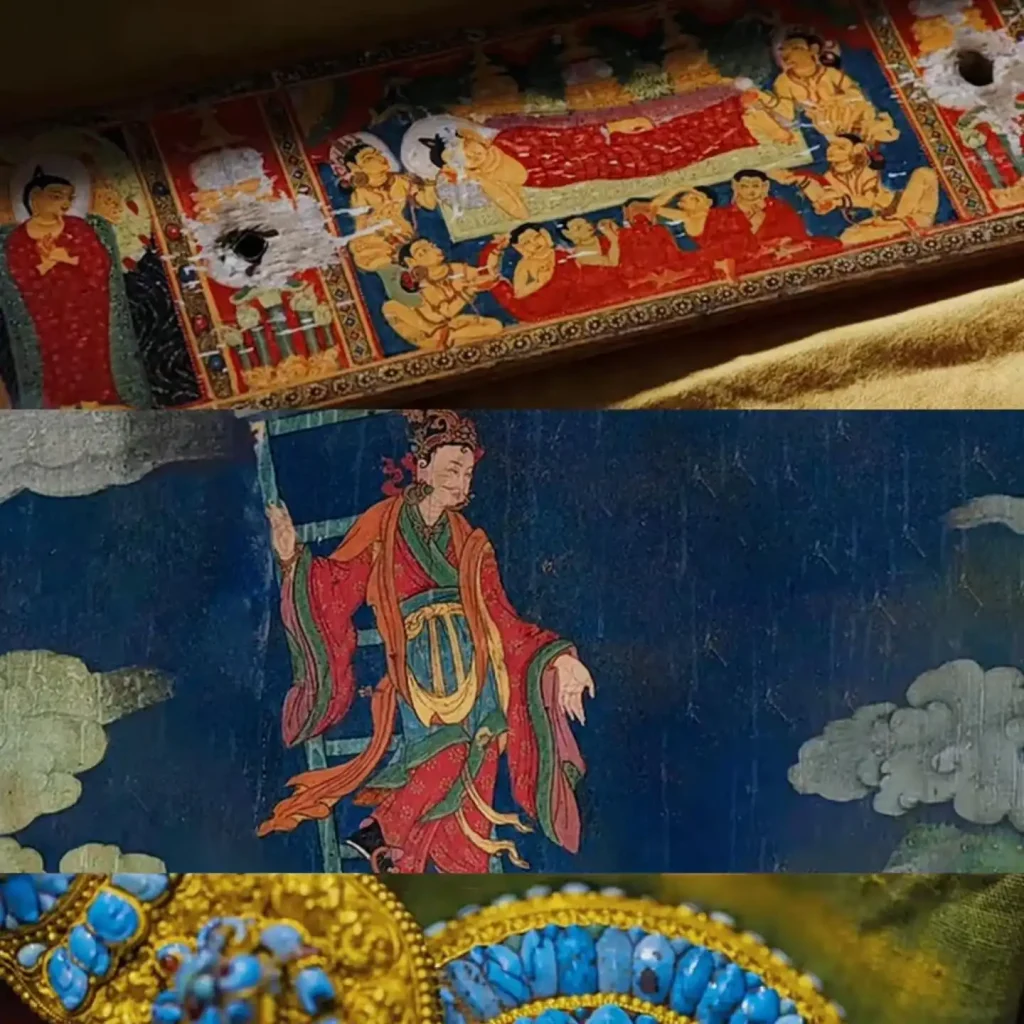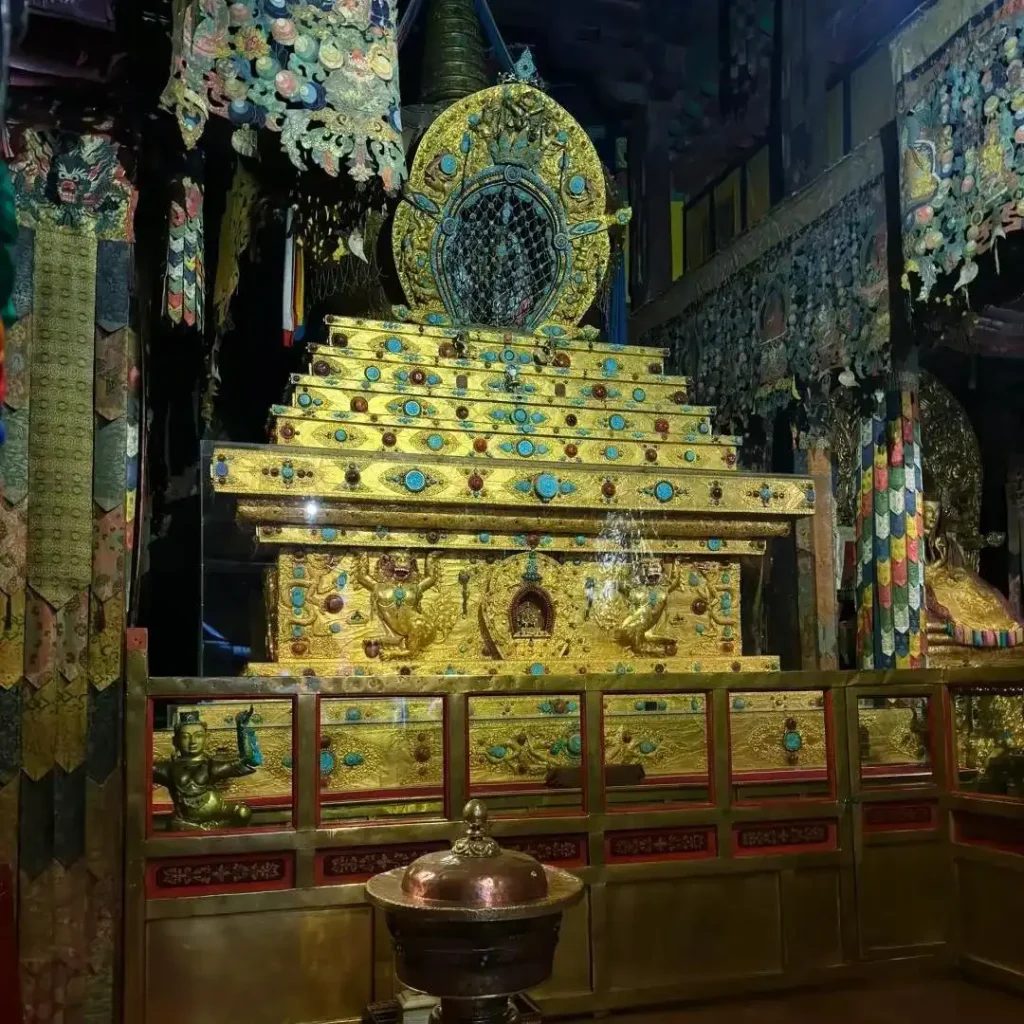
The Potala Palace: A Timeless Icon of Tibet’s Heritage

Introduction to the Potala Palace
Perched majestically on Marpo Ri (Red Hill) in Lhasa, Tibet, the Potala Palace is more than an architectural wonder—it is a profound symbol of Tibetan spirituality, culture, and history. As a UNESCO World Heritage Site and one of the world’s highest-altitude palaces, it has captivated pilgrims, historians, and travelers for centuries. This article delves into the palace’s grandeur, its enduring significance, and the turbulent history that shaped its legacy.
The Potala Palace, towering 3,700 meters above sea level, is an awe-inspiring complex spanning over 130,000 square meters. Its iconic white and maroon walls, golden rooftops, and 13-story structure dominate the Lhasa valley, blending Tibetan, Nepalese, and Han Chinese architectural styles. Built primarily in the 17th century by the Fifth Dalai Lama, the palace served as the winter residence of successive Dalai Lamas until the 14th Dalai Lama fled to India in 1959.
The palace is divided into two main sections: the White Palace (Potrang Karpo), which housed administrative offices, living quarters, and ceremonial halls, and the Red Palace (Potrang Marpo), a spiritual epicenter adorned with chapels, stupas, and over 200,000 statues of Buddhist deities. With more than 1,000 rooms, 10,000 shrines, and labyrinthine corridors, the palace is a treasure trove of religious art, ancient manuscripts, and intricate murals depicting Tibetan Buddhist teachings and historical events.
The Significance of the Potala Palace
The Potala Palace transcends its role as a historical monument; it embodies Tibet’s spiritual and cultural identity.
Spiritual Heart of Tibetan Buddhism
The palace is intrinsically linked to Avalokiteshvara, the bodhisattva of compassion, whose earthly manifestation is believed to reside there. Its name derives from “Mount Potalaka,” the mythical abode of Avalokiteshvara in Buddhist texts. Pilgrims circumambulate the palace’s sacred pathways, spinning prayer wheels and prostrating in devotion, reinforcing its status as a living symbol of faith.Political and Cultural Legacy
For over 300 years, the Potala Palace was the seat of Tibet’s government and the Dalai Lama’s authority. It symbolized the fusion of spiritual and temporal power in Tibetan society, known as the “chos srid gnyis ldan” (dual system of religion and politics). Today, it remains a potent emblem of Tibetan resilience, even as debates over its cultural ownership persist.Architectural Mastery
The palace’s design harmonizes practicality and symbolism. Its thick stone walls, built without nails, withstand earthquakes, while golden roofs and ceremonial stupas reflect Buddhist cosmology. The layout—ascending from administrative zones to sacred spaces—mirrors the Tibetan Buddhist path from worldly life to enlightenment.


History of the Potala Palace
The palace’s story is intertwined with Tibet’s tumultuous past:
7th Century Origins
The original structure was commissioned by King Songtsen Gampo in 637 CE to celebrate his marriage to Princess Wencheng of China’s Tang Dynasty. This nine-story fortress marked Lhasa’s emergence as Tibet’s capital but was largely destroyed by wars and lightning strikes.17th Century Revival
In 1645, the Fifth Dalai Lama, Lobsang Gyatso, initiated the palace’s reconstruction to consolidate his rule and honor his predecessor. Over 50 years, thousands of laborers and artisans transformed the ruins into the current structure, incorporating materials from across the Himalayas.Modern-Day Symbolism
Today, the Potala Palace is a state-run museum attracting millions of visitors annually. While it retains its sacred aura, its role has shifted under China’s governance, serving as both a tourist attraction and a contested emblem of Tibet’s complex identity.
A Monument to Eternity
The Potala Palace endures as a testament to human ingenuity and spiritual aspiration. Its walls echo with chants of ancient rituals, whispers of political intrigue, and the footsteps of countless pilgrims. More than stone and mortar, it represents Tibet’s unyielding spirit—a bridge between earth and sky, past and present. As debates over its legacy continue, the Potala Palace remains an indelible icon, inviting the world to contemplate the intersection of faith, power, and cultural survival.
 FateKarma
FateKarma






